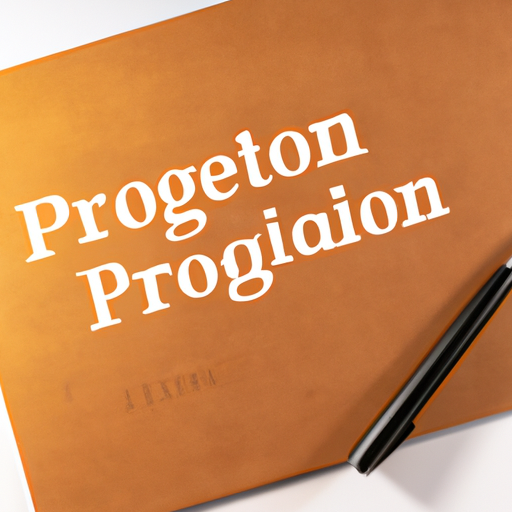Products
Products 

Information
Information 

Contact us 


Title: Common Production Processes for Resolved Stringer

1. Definition and Importance of Resolved Stringer: A resolved stringer is a structural member that runs longitudinally along the length of a component, providing support and stiffness. It is typically made from materials such as aluminum, carbon fiber-reinforced polymer (CFRP), or steel. Resolved stringers play a vital role in load-bearing structures, ensuring the overall integrity and strength of the component.
2. Material Selection: The choice of material for resolved stringers depends on various factors, including the application, desired strength, weight, and cost. Aluminum is commonly used due to its lightweight nature and excellent corrosion resistance. CFRP offers high strength-to-weight ratio and is ideal for aerospace applications. Steel is preferred for heavy-duty applications where strength is paramount.
3. Extrusion Process: Extrusion is a widely used manufacturing process for producing resolved stringers. It involves forcing a heated material through a die to create a continuous profile with a fixed cross-section. The extruded stringers can be straight or curved, depending on the die design. This process offers high production rates, precise dimensions, and excellent surface finish.
4. Roll Forming: Roll forming is another popular method for manufacturing resolved stringers. It involves passing a flat strip of material through a series of rollers, gradually shaping it into the desired profile. Roll forming offers flexibility in terms of profile design and can produce stringers with complex cross-sections. It is a cost-effective process suitable for high-volume production.
5. Pultrusion: Pultrusion is commonly used for manufacturing resolved stringers made from CFRP. It involves pulling continuous fibers through a resin bath and then through a heated die, where the resin cures and solidifies. This process produces stringers with high strength and stiffness, making them ideal for lightweight applications in aerospace and automotive industries.
6. Bonding and Joining: In some cases, resolved stringers are manufactured separately and then bonded or joined to the main component. Adhesive bonding is a common method used to attach stringers to materials like composites or metals. Mechanical fastening techniques, such as riveting or bolting, are also employed for joining stringers to the main structure. These processes ensure a secure and durable connection.
7. Machining and Finishing: After the resolved stringers are manufactured, they often require machining and finishing operations. Machining processes, such as milling or drilling, are performed to achieve precise dimensions and create attachment points. Surface treatments like anodizing or painting are applied to enhance corrosion resistance and improve aesthetics.
Conclusion: Resolved stringers are essential components used in various industries to provide structural support and reinforcement. The production processes discussed in this article, including extrusion, roll forming, pultrusion, bonding, and joining, play a crucial role in manufacturing high-quality stringers. Understanding these processes and their applications can help industries select the most suitable method for producing resolved stringers, ensuring the overall strength and durability of their products.
Title: Common Production Processes for Resolved Stringer

1. Definition and Importance of Resolved Stringer: A resolved stringer is a structural member that runs longitudinally along the length of a component, providing support and stiffness. It is typically made from materials such as aluminum, carbon fiber-reinforced polymer (CFRP), or steel. Resolved stringers play a vital role in load-bearing structures, ensuring the overall integrity and strength of the component.
2. Material Selection: The choice of material for resolved stringers depends on various factors, including the application, desired strength, weight, and cost. Aluminum is commonly used due to its lightweight nature and excellent corrosion resistance. CFRP offers high strength-to-weight ratio and is ideal for aerospace applications. Steel is preferred for heavy-duty applications where strength is paramount.
3. Extrusion Process: Extrusion is a widely used manufacturing process for producing resolved stringers. It involves forcing a heated material through a die to create a continuous profile with a fixed cross-section. The extruded stringers can be straight or curved, depending on the die design. This process offers high production rates, precise dimensions, and excellent surface finish.
4. Roll Forming: Roll forming is another popular method for manufacturing resolved stringers. It involves passing a flat strip of material through a series of rollers, gradually shaping it into the desired profile. Roll forming offers flexibility in terms of profile design and can produce stringers with complex cross-sections. It is a cost-effective process suitable for high-volume production.
5. Pultrusion: Pultrusion is commonly used for manufacturing resolved stringers made from CFRP. It involves pulling continuous fibers through a resin bath and then through a heated die, where the resin cures and solidifies. This process produces stringers with high strength and stiffness, making them ideal for lightweight applications in aerospace and automotive industries.
6. Bonding and Joining: In some cases, resolved stringers are manufactured separately and then bonded or joined to the main component. Adhesive bonding is a common method used to attach stringers to materials like composites or metals. Mechanical fastening techniques, such as riveting or bolting, are also employed for joining stringers to the main structure. These processes ensure a secure and durable connection.
7. Machining and Finishing: After the resolved stringers are manufactured, they often require machining and finishing operations. Machining processes, such as milling or drilling, are performed to achieve precise dimensions and create attachment points. Surface treatments like anodizing or painting are applied to enhance corrosion resistance and improve aesthetics.
Conclusion: Resolved stringers are essential components used in various industries to provide structural support and reinforcement. The production processes discussed in this article, including extrusion, roll forming, pultrusion, bonding, and joining, play a crucial role in manufacturing high-quality stringers. Understanding these processes and their applications can help industries select the most suitable method for producing resolved stringers, ensuring the overall strength and durability of their products.